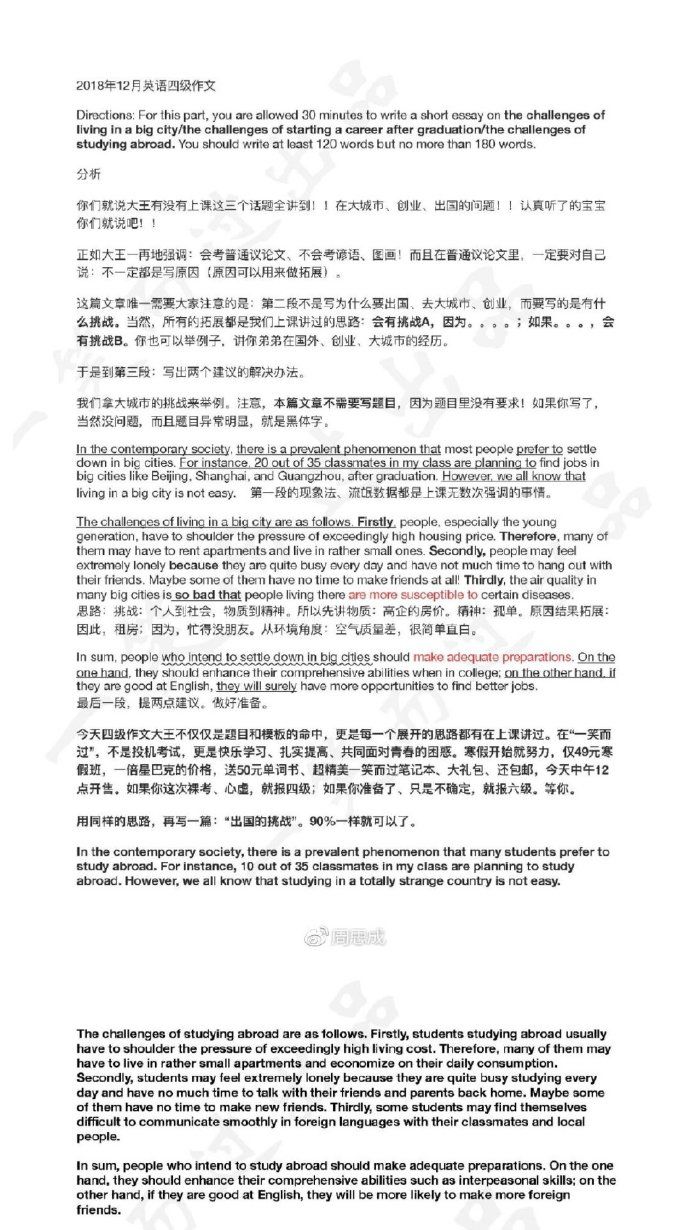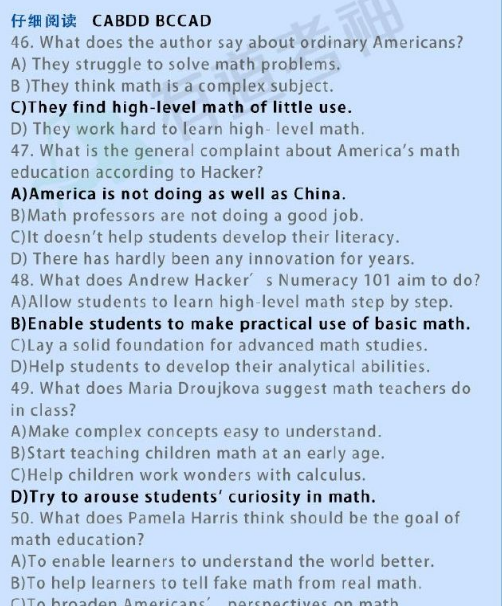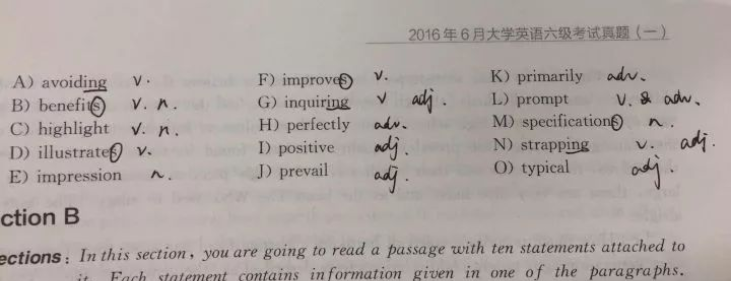GMAT考试:Argument写作范文五
|
9. First of all, the argument ignores the absolute amount of retail expenditure of middle-aged and younger consumers devoted to department store products and services. Although younger consumers spend a smaller percentage of their retail expenditure to department store products than do the middle-aged consumers, they might actually spend more in terms of the absolute amount. Even if middle-aged consumers are spending more than younger ones in department stores, the argument ignores the possibility that the trend may change within the next decade. Younger consumers might prefer to shop in department stores than in other types of stores, and middle-aged consumers might turn to other types of stores, too. This will lead to a higher expenditure of younger consumers in department stores than that of middle-aged consumers. Besides, the argument never addresses the population difference between middle-aged consumers and younger ones. Suppose there are more younger consumers than the middle-aged ones now, the total population base of younger consumers will be bigger than that of the middle-aged ones if both of them grow at the same rate in the next decade. Thus there will be a bigger younger consumer base. Based on the reasons I listed above, the argument is not completely sound. The evidence in support of the conclusion does little to prove the conclusion since it does not address the assumptions I have already raised. Ultimately, the argument might have been more convincing by making it clear that the absolute population of middle-aged consumers are higher than that of the younger consumers and the number will continue to grow in the next decade, and that the middle-aged consumers will continue to spend more money in department stores than younger consumers do in the next decade. First, the argument omits the assumption that the business volumes of both the middle-aged consumers and the younger consumers are the same. If the business volume of the middle-aged consumers' 39% is smaller than that of the younger consumers' 25%, the retail sales will not increase during the next decade. Second, even if the business volumes of both the middle-aged consumers and the younger consumers were the same in the last decade, the increase of the middle-aged people in the next decade is not same as the increase of the retailexpenditure, for the retail trade depends more on such factors as the economic circumstances, people's consuming desire. Finally, the argument never assumes the increase of the younger consumers within the next decade. If the younger consumer increase at the same rate and spend the same amount of money on the goods and services of department stores, the retailers should never ignore them. Thus the argument is not completely sound. The evidence in support of the conclusion that the growing number of middle-aged people within the next decade does little to prove the conclusion-that department stores should begin to replace some of their products to attract the middle-aged consumers-since it does not address the assumptions I have already raised. Ultimately, the argument might have been strengthened by making it clear that the business volumes of both types of consumers are the same and comparable, that the increase of a certain type of consumers are correlated with the increase of the retail sales, and that the growth rate of the younger consumers are the same as that of the middle-aged consumers. First, an increase in the number of middle-aged people does not necessarily portend an overall increase in department-store sales. It does so only on the assumption that other population groups will remain relatively constant. For example, if the expected increase in the number of middle-aged people is offset by an equally significant decrease in the number of younger people, there will be little or no net gain in sales. Second, in recommending that department stores replace products intended to attract younger consumers with products more suitable to middle-aged consumers, the author assumes that the number of younger consumers will not also increase. Since a sizable increase in the population of younger consumers could conceivably offset the difference in the retail expenditure patterns of younger and middle-aged consumers, it would be unwise to make the recommended inventory adjustment tacking evidence to support this assumption. In conclusion, this argument is unacceptable. To strengthen the argument the author would have to provide evidence that the population of younger consumers will remain relatively constant over the next decade. 10. First, the author assumes that because only one-tenth of the students took part in the protest, these students' views are unrepresentative of the entire student body. This assumption is unwarranted. If it turns out, for example, that the protesting students were randomly selected from the entire student body, their views would reflect the views of the entire college. Without information regarding the way in which the protesting students were selected, it is presumptuous to conclude that their opinions fail to reflect the opinions of their colleagues. Second, the author cites the fact that the remaining 12,000 students stayed on campus or left for winter break as evidence that they are not concerned about their education. One obvious rejoinder to this line of reasoning is that the students who did not participate did so when they that their concerns would be expressed by the protesting students. In any case, the author has failed to demonstrate a logical connection between the students' alleged lack of concern and the fact that they either stayed on campus or left for winter break. Without this connection, the conclusion reached by the author that the remaining 12,000 students are not concerned about their education is unacceptable. As it stands, the argument is not well reasoned. To make it logically acceptable, the author would have to demonstrate that the protesting students had some characteristic in common that biases their views, thereby nullifying their protest as representative of the entire college. |








